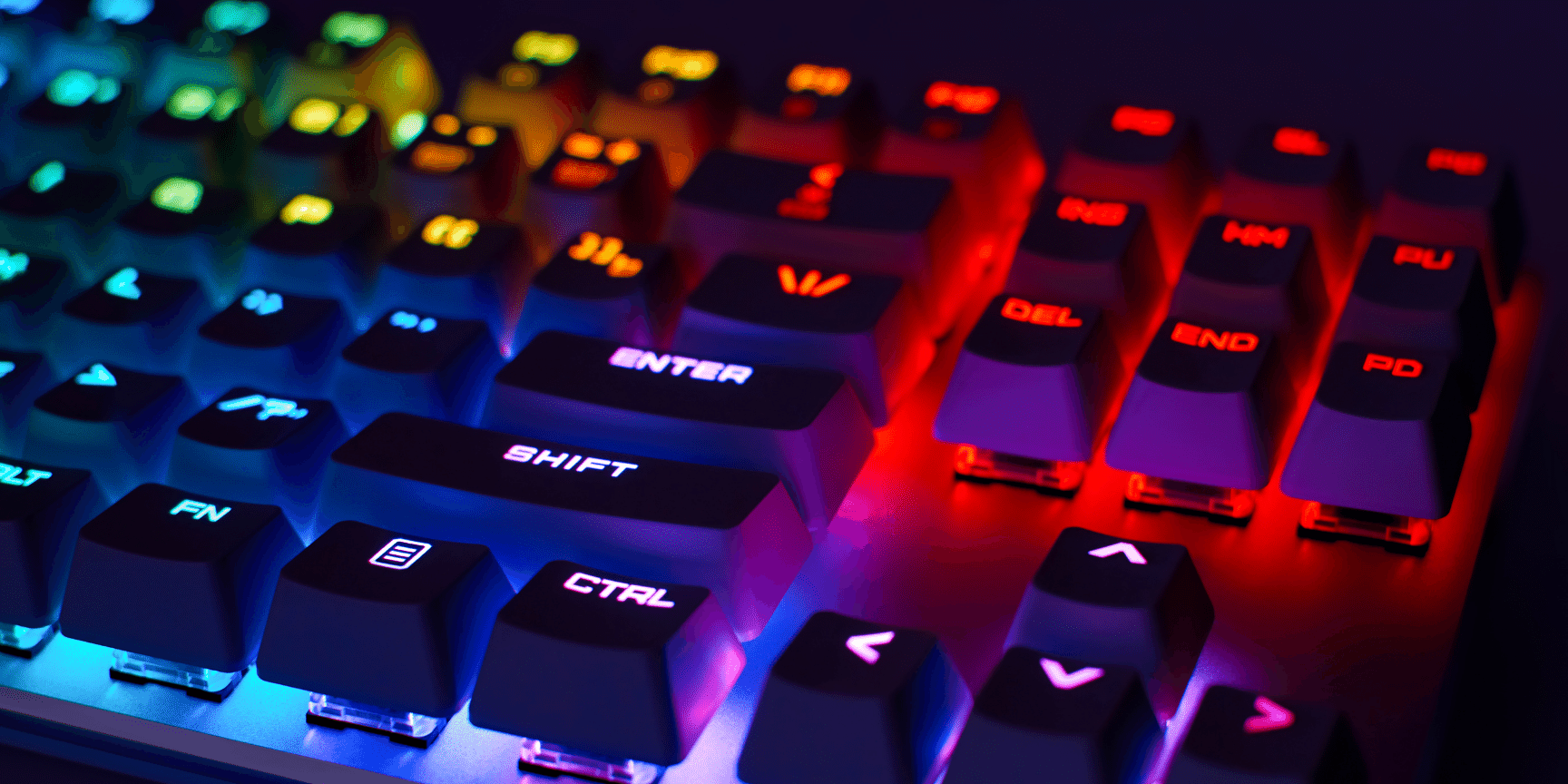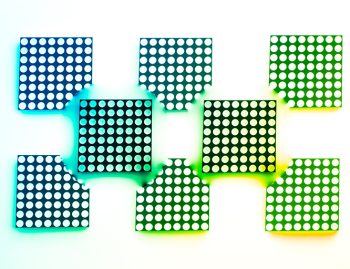
Indication lighting and functional illumination play critical roles in the communication between a device and its users. Indication lighting conveys status, while functional illumination at minimum can reinforce branding and at maximum can help guide safe and effective operation.
In either case, the color of the light is every bit as important as the brightness. In many cases, the color of the light needs to change, whether that’s the status light of a mouse switching from green to amber to red as a battery charge runs down or whether it’s just a user option to determine the backlighting color of their instrument panel.
That’s where multicolor LEDs come into play. PCB real estate is always in short supply. A good multicolor LED can deliver all the colors of the rainbow in one simple, compact, easy-to-install device.
Creating color
An LED is the semiconductor device that spontaneously emits light when driven by current. An LED consists of a die with an embedded anode and cathode, encapsulated in an epoxy resin case (see figure 1). The emission wavelength of the LED is determined by the bandgap energy of the semiconductor material structure.
Unlike some lasers, LEDs can be tuned to emit different wavelengths. Instead, multicolor LEDs are devices with co-packaged LED dies. The color emitted is a function of how the device is driven.

Figure 1: Diagram of LED shows the anode (positive lead) and cathode (negative lead), and the LED die.
Bicolor LEDs
A bicolor LED consists of two LED dies packaged together in a single case that either share a common anode with separate cathodes or a common cathode with separate anodes (see figure 2).

Figure 2: Bivar’s 5BC-3-X LED contains a green LED die and a red LED die co-packaged with a common cathode.
Following the latter case, if a positive voltage is applied to the anode of the green LED, the green LED lights up. If a positive voltage is applied to the red LED, the device generates red light. Basically, it acts as a bicolor LED.
However, and this is where it gets interesting, the fact that the two devices share a cathode means that a positive voltage can be applied to both anodes (see figure 3). Now, both LEDs emit light and the result is a third color. In the case of our green and red LED, the color mixing properties of light mean that the output will be perceived as amber. This type of LED can be very useful for off/on/standby indication, for example.

Figure 3: In this green/red LED, the two dies share a common cathode. If a positive voltage is applied to the green anode, the device emits green light. If a positive voltage is applied to the red anode, the device emits red light. If positive voltage is applied to both anodes simultaneously, the resultant output will appear amber.
RGB LEDs
The second class of multicolor LED is the RGB LED. In this case, the three LED dies (see figure 4) are once again co-packaged. RGB LEDs can be connected in one of three ways:
- Common anode (4-pin device)
- Common cathode (4-pin device)
- Individual RGB LEDs (6-pin device)
This scheme enables all three LEDs to be excited separately or together. If we add a microcontroller, we can control the intensity of each LED. Color mixing makes it possible for the device to generate any color of the rainbow.
Figure 4: In Bivar’s R50RGB-F-0160 RGB LED, SM0807RGB, and SM1204RGB, three co-packaged LED dies share a common cathode. Applying voltage to any of the other leads separately or together will cause that die to emit light. By controlling output using a microcontroller, this sort of multicolor LED can use color mixing to emit a wide range of colors.
Multicolor LEDs provide an easy avenue to significantly enhance the user interface or appearance of a system. These devices are simple to install and very robust. Best of all, they provide great flexibility and intelligence while minimizing space and power consumption.
To learn more about incorporating bicolor and tricolor LEDs in your next design, contact your Bivar representative.
Leave a Reply Cancel reply
You must be logged in to post a comment.











